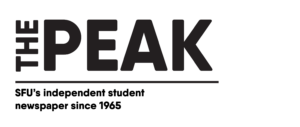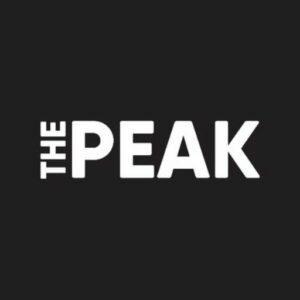By: Zainab Salam, SFU Student
On the windy afternoon of January 19, I drove down to Bellingham to go shopping. I wanted some fridge necessities from renowned American grocer Trader Joe’s. The next day, Donald Trump was inaugurated, and since then, it feels as though the world has been thrown off its axis. With one executive order following another, Trump destabilized countless foreign relations, and Canada is no exception. Trump’s proposed tariffs are set out to alter the shopping habits of Canadians, including those who regularly cross the Canadian-American border to shop in accessible American cities. Canadians are after Canadian products, and it’s all over the news.
With support from politicians across various parties, the surge in economic nationalism in Canada is fueled by consumer campaigns such as the “Buy Canadian” movement. The rhetoric is compelling: by buying Canadian, we ensure Canada’s economic resilience in the face of proposed tariffs and put pressure on the American economy. The idea is that we should prioritize Canadian-made goods and protect our industries from American competition, and this quest has seemingly been bringing Canadians together in a shared goal across party and ideological lines.
While it does make sense to avoid tariffs which only exacerbate the high cost of living, these efforts tend to reinforce the colonial structures Canada created to dig its claws into the land. The industries that benefit most from economic nationalism are deeply intertwined with Canada’s colonial past and present. Industries such as oil and hydroelectric power are the lifeblood of Canada’s exports, and they all operate through the exploitation of unceded Indigenous land. The pipelines built atop Wedzin Kwa (Morice River) stand witness to Canada’s exploitation of Indigenous lands. The Wet’suwet’en Nation and their allies protested the Coastal Gaslink Pipeline in 2019, and the resistance to colonial expansion was met with violence.
“The more Canadians understand their economic well-being as dependent on the continued exploitation of land and resources, the more the political will to meet Indigenous demands will further disintegrate.”
Beneath the patriotic fervor lies an uncomfortable contradiction. It does seem incredibly ironic that Canada is fighting to preserve rights over land that was violently stolen. While Canada fights to assert its economic sovereignty, it does so by further exploiting unceded Indigenous land. This is the truer cost of economic nationalism, one that is often ignored in mainstream discussions. As nationalism strengthens, so too does the risk that reconciliation efforts will become little more than symbolic gestures. The more Canadians understand their economic well-being as dependent on the continued exploitation of land and resources, the more the political will to meet Indigenous demands will further disintegrate. Contributing to the local economy by supporting small businesses, specifically those owned and operated by Indigenous people, is a much more meaningful way to use the power which money provides.
Economic nationalism in Canada is a double-edged sword. While it may foster a sense of unity on a volatile world stage, it sidelines Indigenous sovereignty and the importance of reconciliation efforts. If Canadians are truly committed to reconciliation, then we must be willing to question the economic foundation of our country, and by extension, our institutions as a whole. Reconciliation is not something we can put on hold every time there is an economic crisis or a foreign dispute; it has to be central to how we operate our country, not an afterthought. This includes rethinking what national identity means, because if our only sense of it is built on the continued exploitation of stolen land, then what are we truly proud of?














































